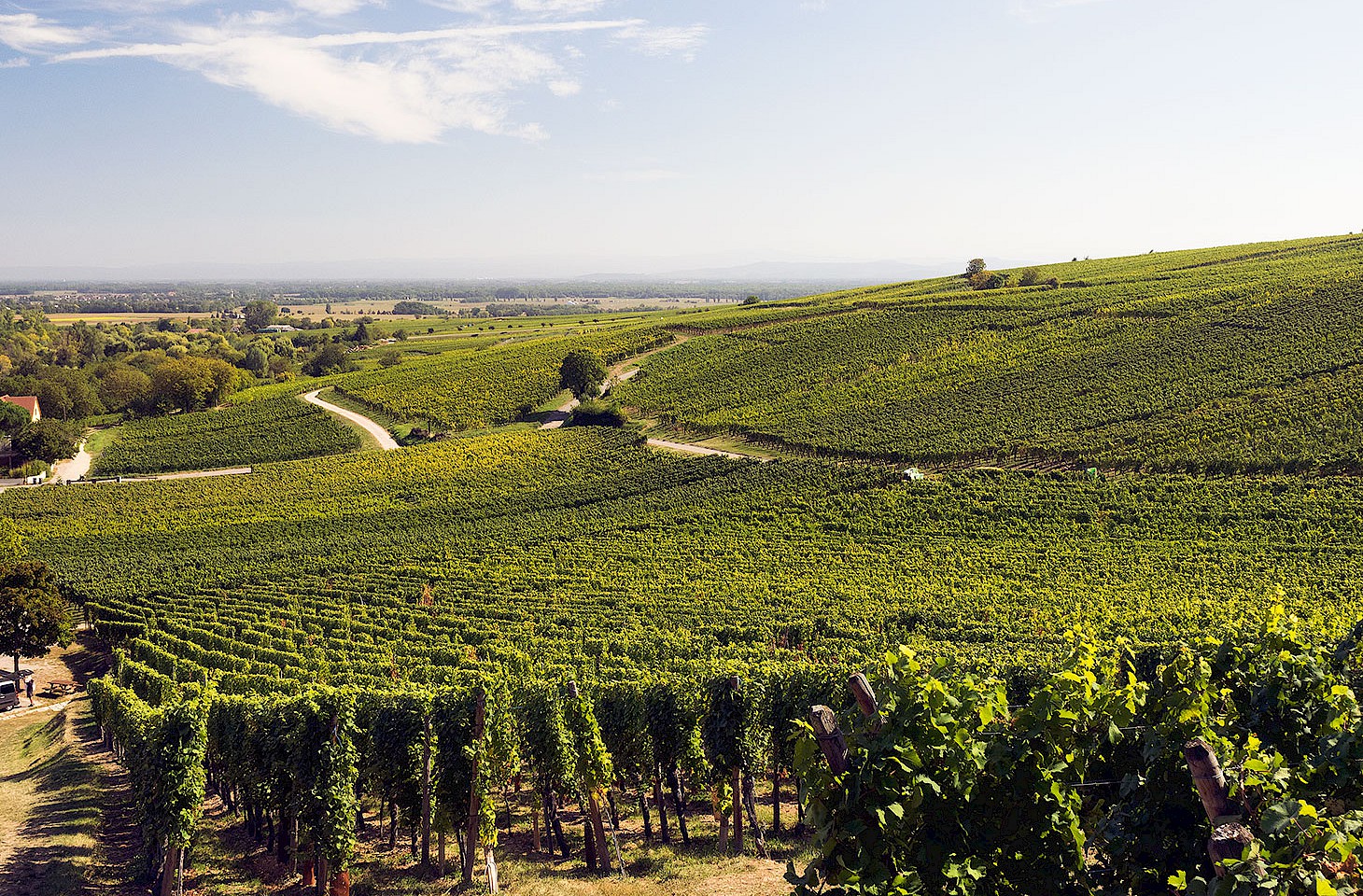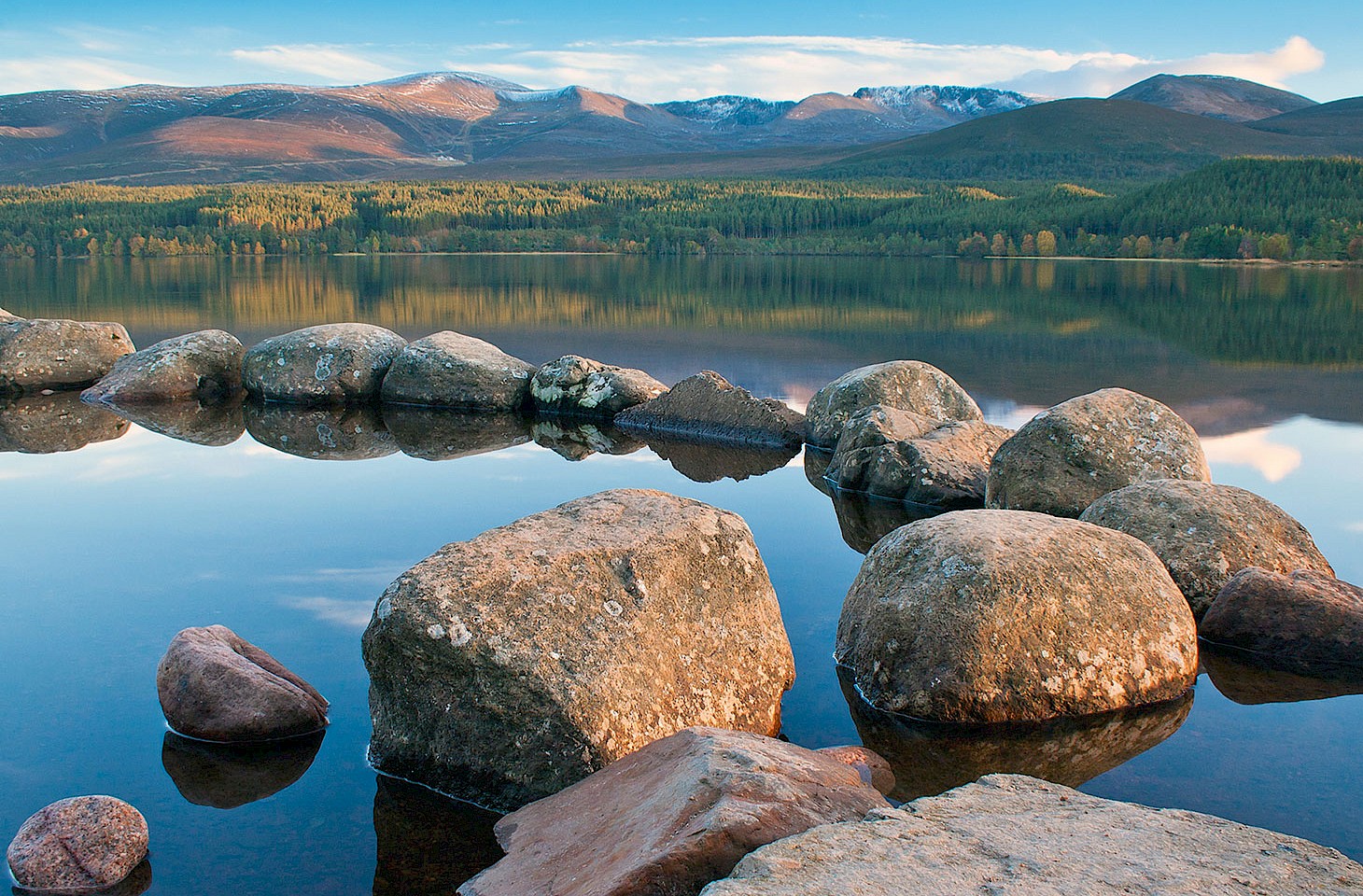Dear fellow travellers
Two routes, two rhythms. Above, there is a busy highway, yet just a few metres below the angry tarmac there is a country footpath, which skirts a soft fen. Feral trees line the path and in the summer there are dragon flies. It is a spot that appeals to the imagination. Just like dozens of other places in hidden europe 38. In this new issue of hidden europe, we explore cultures and communities from Flanders to Heaven's Gate - that latter is a village in eastern Germany. We travel from the shores of Lake Sevan in Armenia to the Arctic wilderness of Franz Josef Land.
The focus in hidden europe is often on remoter parts of Europe, but we do reserve a little of our energy for reporting from well-trodden terrain. Napoleon, while enjoying the hospitality of the English Admiralty after the Battle of Waterloo, evidently spent a few days cruising the coast of Devon. And he was by all accounts much impressed with what he saw. "Quel bon pays," he exclaimed, going on to remark that Devon looked quite like Elba. It was that remark which sent us scurrying off to south-west England to find out if it was indeed like Napoleon's island of exile. We discovered the Barnstaple elephant, non-conformist chapels and a remarkable village school in a community that takes a perverse pride in being unusually distant from any railway lines. You can read our take on Devon in hidden europe 38.
We are bookish types, as you will surely have observed, and we mention many books in the new hidden europe. Pride of place goes to an especially handsome volume, to which we devote three full pages in an extended review. It is Wooden Churches: Travelling in the Russian North by Richard Davies and Matilda Moreton. This book is truly an object of beauty, something to be treasured as much as the fragile wooden churches that it so beautifully describes.
Elsewhere in this new issue of the magazine, we discover why stranded explorers might sensibly make for Cape Flora and reflect on how journeys never made are sometimes peculiar sources of inspiration. And that takes us a long way from the footpath under the motorway. It is a good place to be, that bridge. Like lots of places in hidden Europe.
You can see summaries of every article in this new issue online. In addition we have made the full text of one article available. That is a piece called The Crossing which tells more about that footpath under the motorway.
Nicky Gardner and Susanne Kries
(editors, hidden europe magazine)



